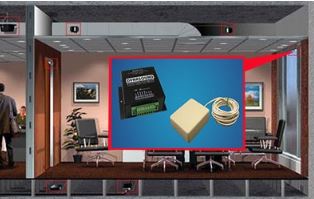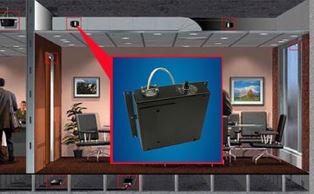In today’s ever-evolving landscape of cyber threats and surveillance techniques, ensuring the security of sensitive government conversations is of utmost importance. Government agencies face the challenge of protecting classified information from eavesdropping attempts that exploit vulnerabilities in windows, walls, doors, ducts, and utility penetrations. This article explores these areas of concern and highlights the effectiveness of Biamp’s audio security system in mitigating eavesdropping attempts.
Government buildings often possess structural elements that can be exploited for eavesdropping purposes. By paying attention to the following vulnerable areas, agencies can bolster their eavesdropping protection strategies:
Windows:
Windows, particularly those in high-security areas, can be targeted for eavesdropping attempts. Vulnerabilities may arise from compromised glass panes, improperly sealed frames, or concealed devices placed near windows.

Doors:
Entrance doors and internal doors are potential points of weakness. Inadequate door seals, compromised locks, or unmonitored access can undermine eavesdropping protection.
Walls:
Walls serve as a critical barrier against eavesdropping, but they can also pose vulnerabilities.

Ducts and Utility Penetrations:
Air ducts, utility penetrations, and cable conduits often run through walls and ceilings.
Biamp’s Advanced Audio Security System:
Biamp, a leading provider of audiovisual solutions, offers audio security system that ensures comprehensive protection against eavesdropping attempts. This advanced system addresses the vulnerabilities present in windows, walls, doors, ducts, and utility penetrations.
Protecting sensitive government conversations from inadvertent eavesdropping attempts requires a thorough understanding of vulnerable areas such as windows, walls, doors, ducts, and utility penetrations. By addressing these vulnerabilities and implementing Biamp’s eavesdropping protection, government agencies can fortify their eavesdropping protection measures. Biamp’s solution provides a comprehensive defense against eavesdropping attempts, ensuring the confidentiality and integrity of classified information.
